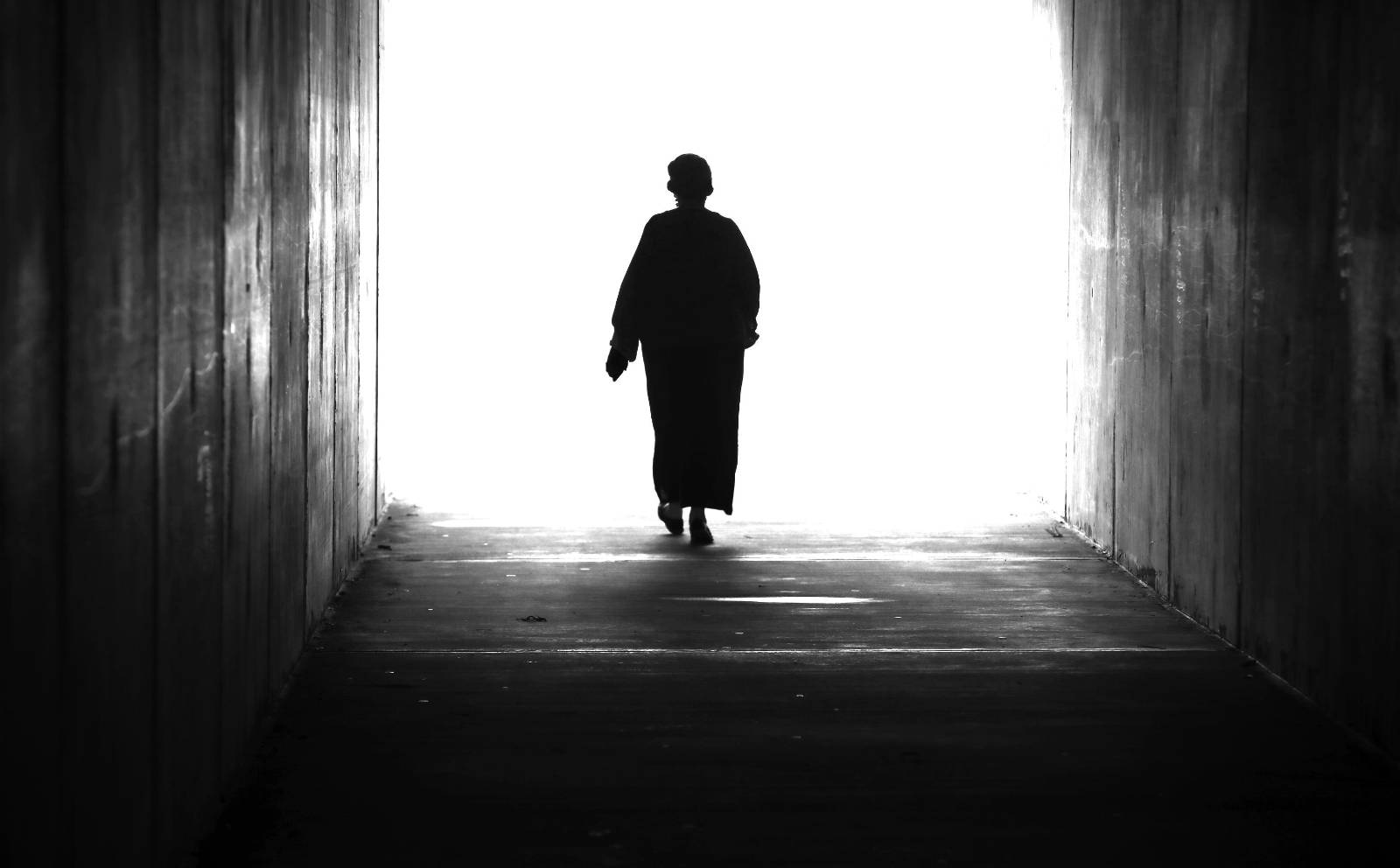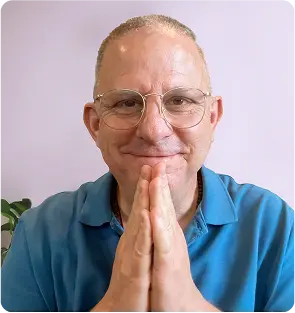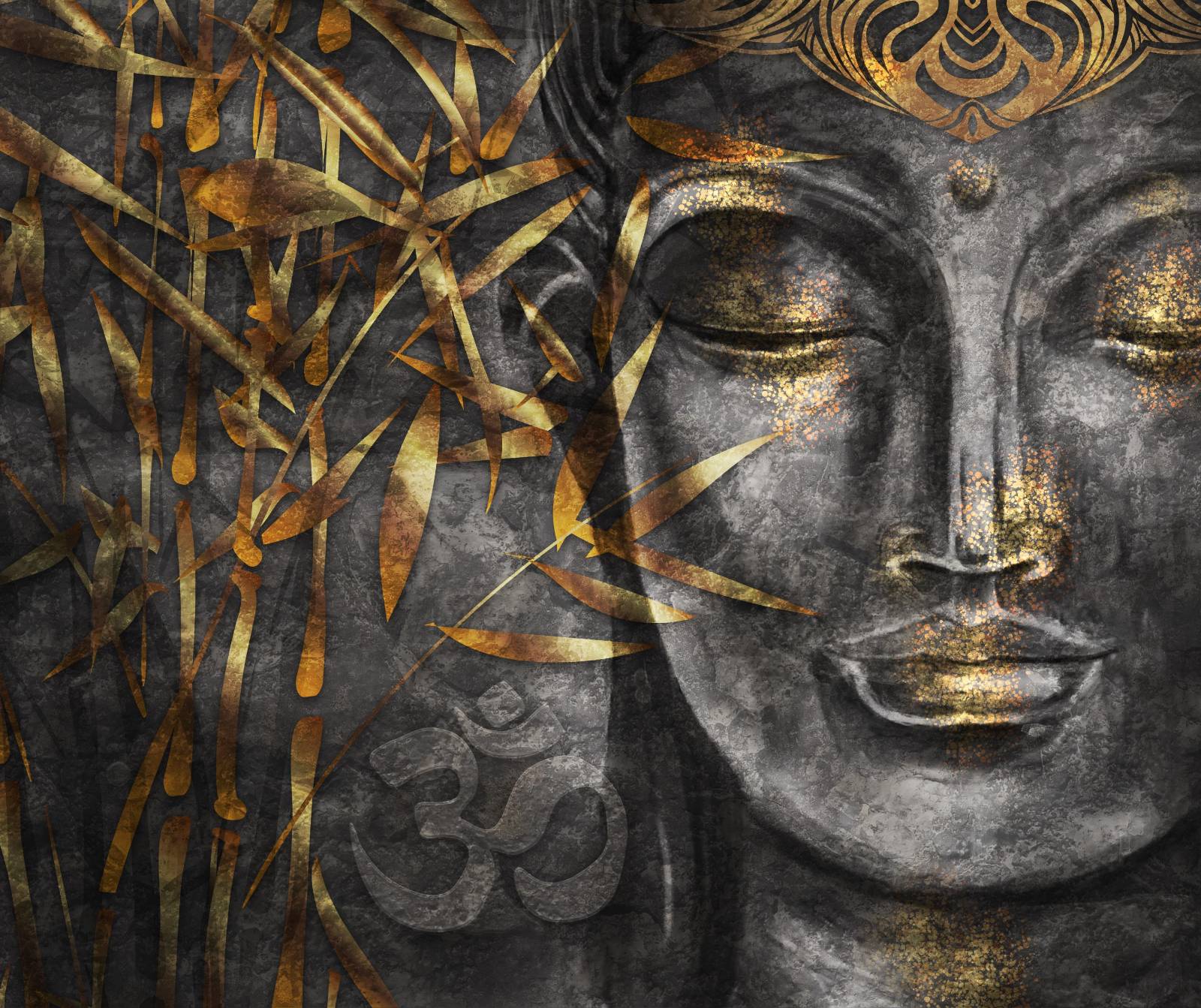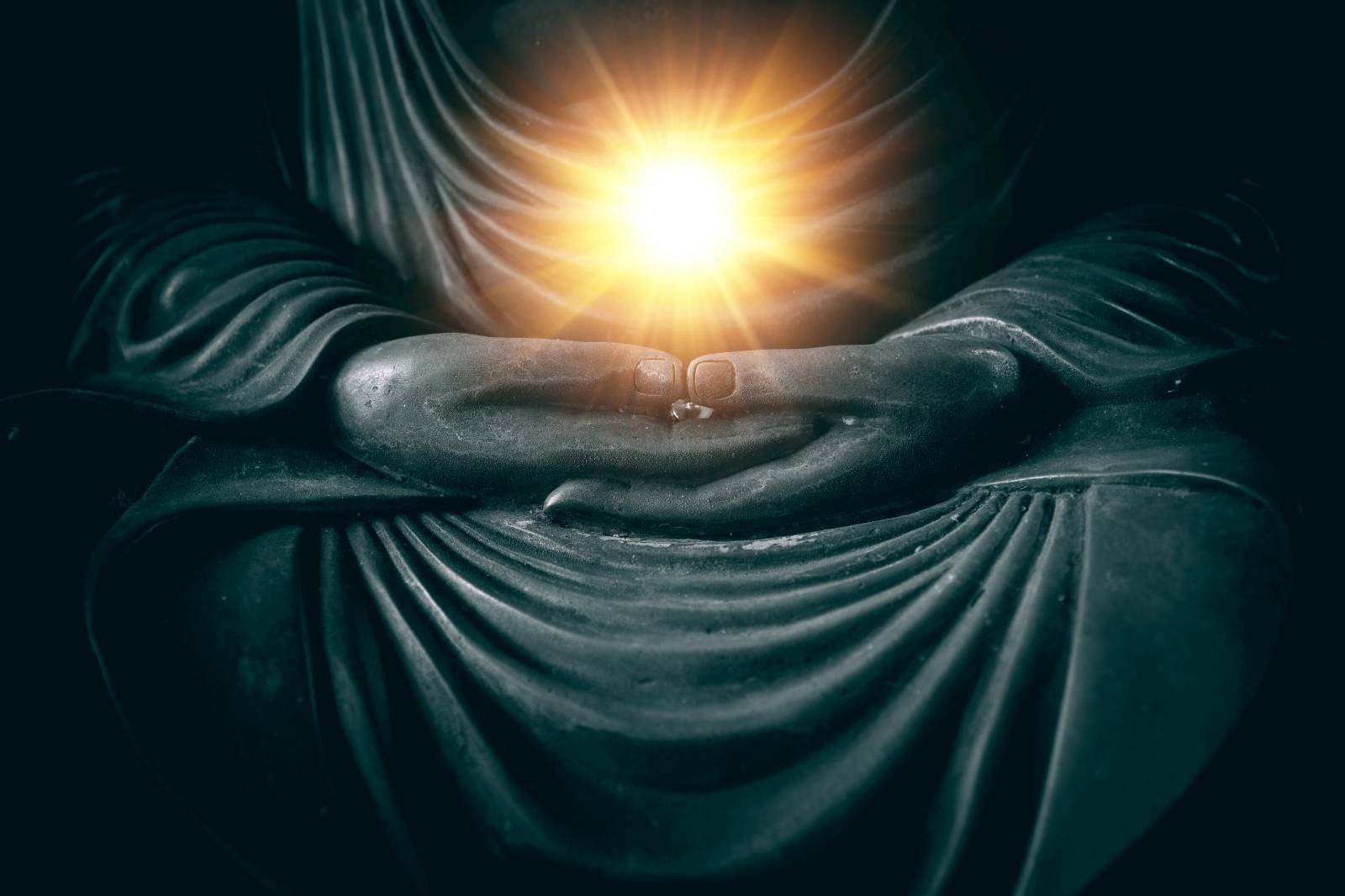
The spiritual meaning of death has been explored for centuries across traditions. Teachers explain the journey of the soul vs. spirit, and how reincarnation and karma shape what comes after life. Far from an end, death is seen as a passage into transformation and continuity.
Enlightened spiritual masters often share similar thoughts on the soul, spirit, and personality, and what happens after death. Tibetan Buddhism speaks more to the transition periods known as Bardos.
While the topic of death and dying may seem daunting, it is, at its core, a profound exploration of the human experience and the evolution and journey of the soul — a trajectory that warrants our understanding and tenderness.
Amid a process of dying and death, we find ourselves at the intersection of love and loss, cherishing the beauty of existence while embracing the inevitable passage into the bosom of The Cosmos.
It is here that we embark on a heartfelt exploration of death and dying, a journey guided by love, encouragement, and the sweet wisdom that can illuminate even the darkest corners of our existence.
This article is a tribute to the courage and grace with which we navigate the most profound transition of all – a testament to the enduring beauty of the human soul and our ability to detach and release all that binds us.
“Death is not the end; it is the stepping stone to the next stage of our spiritual journey.” — Amma (Mata Amritanandamayi Devi
Amma teaches that the soul is eternal and indestructible. It neither begins with birth nor ends with death. Instead, it is an unchanging essence that transcends the physical body.
Soul vs. Spirit: Understanding the Spiritual Meaning of Death
Many traditions distinguish between soul vs. spirit. The soul is eternal and continues after death, while the spirit is often tied to the body and returns to universal energy.
Soul: The soul is considered the eternal and unchanging essence of an individual. It is often associated with one’s true Self, consciousness, and inner divinity. The soul is believed to be on a journey of spiritual evolution and growth.
Spirit: The spirit is the life force or energy that animates the physical body. It is the aspect of a person that connects to the universal or divine consciousness. While the soul is considered eternal, the spirit may be viewed as the temporary aspect tied to the current physical existence.
Involvement in Death
Soul: The soul transcends physical death. It is believed to continue its journey beyond the physical body, moving into different states or realms based on its spiritual evolution and karma. The soul is thought to be free from the limitations of the physical body.
Spirit: The spirit may be closely tied to the physical body and may be released or return to the universal consciousness upon death. It may not carry on as a separate entity like the soul does.
“Just as a flower does not choose its color, we are not responsible for our circumstances. But we can choose to live and die with grace and compassion.” — Anandamayi Ma
Personality, Death, and the Spiritual Meaning of Life
Personality: The personality, including memories, traits, and experiences, is often seen as a product of the physical body and the mind. It is considered temporary and tied to the current lifetime. Some spiritual traditions believe that the personality dissolves upon death and does not carry on in the same form in the afterlife.
Reincarnation and Karma in the Spiritual Meaning of Death
Reincarnation: The soul is reborn into a new physical body after death, carrying with it the accumulated karma and lessons from previous lives.
“Death is not to be feared, but understood as a natural part of the cycle of existence.” — Buddha (Siddhartha Gautama)
Spiritual Masters on Soul vs. Spirit After Death
The process of death and the transition of the soul, according to beliefs in reincarnation, can vary depending on different spiritual and cultural perspectives. While there is no universally accepted description of the exact experience, I can provide a general overview of what some belief systems suggest about the dying process:
Preparation and Awareness: Some spiritual traditions believe that as a person approaches death, there may be a heightened state of awareness or clarity. It is believed that the individual may have insights into their life, actions, and relationships, leading to a sense of closure or acceptance.
Detachment: Many teachings emphasize the importance of detachment from worldly attachments and desires as one approaches death. The dying person may consciously let go of attachments to loved ones, possessions, and the physical body.
Release of the Spirit: The physical body weakens and approaches the moment of death, the spirit begins to disengage from the body. This process may involve the loosening of the connection between the physical and subtle energy bodies. Loved ones or caregivers may observe changes in the individual’s breathing and physical appearance.
Peace and Acceptance: Some individuals report a sense of peace, tranquility, or even euphoria during the dying process. This is seen as a sign that the soul is ready to transition to the next phase of existence.
“Death is a casting off of the physical body, but the soul continues its journey towards spiritual realization.” — Paramahansa Yogananda
The Moment of Death: The moment of physical death is seen as the point at which the spirit fully departs from the body. It is believed that the soul leaves the physical vessel behind and begins its journey toward the next life.
Transition of the Soul: According to reincarnation beliefs, the soul embarks on a journey after death. The specifics of this journey can vary. In some traditions, it is believed that the soul enters an intermediate state or realm where it reviews its past life, learns important lessons, and undergoes a process of purification and transformation. This period of transition may last for varying durations depending on the tradition.
Reincarnation: Eventually, it is believed that the soul is reborn into a new physical body. The circumstances of the new life, including the family, location, and life experiences, are thought to be influenced by the soul’s past karma and its spiritual needs for growth and learning.
“The soul is eternal, and its journey continues through countless lifetimes, each an opportunity for growth and realization.” — Swami Vivekananda
Reincarnation and Karma in Tibetan Buddhism
“The Tibetan Book of Living and Dying” by Sogyal Rinpoche is a spiritual and philosophical text that draws on Tibetan Buddhist teachings, particularly the Tibetan Book of the Dead (Bardo Thodol). This book provides insights into the process of death and the transition of the soul according to Tibetan Buddhist beliefs.
Here’s a summary of what it says about the questions you mentioned:
The Process of Death and Release of the Spirit
In “The Tibetan Book of Living and Dying,” Sogyal Rinpoche describes the dying process as a crucial and transformative moment in a person’s life. According to Tibetan Buddhist teachings, at the time of death, the consciousness goes through a series of stages or bardos (intervals). These stages are:
The Moment of Death (Chikhai Bardo): At the moment of death, the consciousness experiences a bright and clear luminosity, which is said to be the true nature of mind. It is a moment of great clarity and potential for enlightenment.
The Experiencing of Reality (Chonyid Bardo): After the initial clear luminosity, the consciousness encounters various visions and experiences, which can be positive or negative depending on the individual’s karma and spiritual state.
The Becoming (Sidpa Bardo): This stage marks the transition to the next life. The consciousness begins to seek a new rebirth based on its karmic imprints and desires.
The Tibetan Book of Living and Dying emphasizes the importance of recognizing and navigating these bardos with awareness and wisdom. It suggests that through meditation and spiritual practice, individuals can prepare for the dying process and achieve a more positive transition.
“At the moment of death, when our mindstream is clear and undistracted, we can attain enlightenment and break free from the cycle of rebirth.” — Padmasambhava (Guru Rinpoche)
What Carries Beyond Death into the Next Life
According to Tibetan Buddhism, what carries beyond death into the next life is the continuum of consciousness or awareness (often referred to as the “stream of consciousness” or “mindstream”). This stream of consciousness is considered to be the essence of a person and is what continues from one lifetime to the next.
Key points from the book regarding what carries beyond death include:
The karmic imprints and actions from one’s past lives influence the conditions, circumstances, and experiences of the next life.
The practices of meditation, compassion, and wisdom can purify and transform the mindstream, leading to a more positive and enlightened rebirth.
The ultimate goal is to break free from the cycle of birth and death (samsara) and attain liberation or enlightenment (nirvana), where the mindstream transcends rebirth and suffering.
“The Tibetan Book of Living and Dying” emphasizes the importance of spiritual practice, compassionate living, and mindfulness in preparing for death and ensuring a positive transition to the next life.
It’s important to approach these teachings with respect for the Tibetan Buddhist tradition and consult the book directly or seek guidance from qualified teachers for a deeper understanding of its teachings and practices.
Soul vs. Spirit in the Transition of Death
In “The Tibetan Book of Living and Dying” by Sogyal Rinpoche, the concepts of the soul and spirit are understood within the framework of Tibetan Buddhist philosophy, and the terminology used may differ from Western or other spiritual traditions. Tibetan Buddhism has its own unique terminology and perspectives on these concepts:
“In the bardos, we have the opportunity to recognize our true nature and attain liberation if we are prepared through practice and awareness.” — Dilgo Khyentse Rinpoche
The Spiritual Meaning of Death in Tibetan Mindstream Teachings
Tibetan Buddhism does not use the terms “soul” and “spirit” in the same way that some other spiritual traditions do. Instead, it employs the concept of the “mindstream” or “continuum of consciousness.”
Here’s how these concepts are understood:
Mindstream (Tibetan: sems rgyud): In Tibetan Buddhism, the mindstream is considered the essence of an individual’s consciousness. It represents the continuous flow of awareness, thoughts, and experiences from one lifetime to the next. The mindstream is not a fixed, unchanging entity like the soul; it is a dynamic and ever-evolving stream of consciousness.
According to Tibetan Buddhist teachings as presented in “The Tibetan Book of Living and Dying,” the process of death and the transition of the mindstream are described as follows:
Moment of Death: At the moment of death, the consciousness experiences the clear luminosity, which is considered the true nature of mind. This luminosity is not separate from the mindstream but represents its purest essence.
Bardos: After death, the consciousness goes through a series of stages or bardos (intervals) as mentioned in my previous response. These bardos are part of the transition process that leads to the next rebirth.
Karmic Influence: The experiences in the bardos and the circumstances of the next rebirth are influenced by the individual’s accumulated karma, actions, and intentions from previous lives. The mindstream carries the karmic imprints that shape the nature of the next life.
Rebirth: The mindstream eventually takes rebirth in a new physical body, carrying with it the karmic imprints and tendencies from past lives. The specific circumstances of the new life are determined by this karmic influence.
Tibetan Buddhism does not necessarily distinguish between a separate spirit or soul in the way some other belief systems might. Instead, it emphasizes the continuity of consciousness and the impact of karma on the cycle of birth and rebirth. The focus is on the transformation and purification of the mindstream through spiritual practice and wisdom to ultimately attain liberation from the cycle of samsara.
The teachings in “The Tibetan Book of Living and Dying” provide guidance on how individuals can prepare for death, navigate the bardos, and work toward a more positive rebirth and, ultimately, spiritual liberation.
“Death is not the end; it is the dropping of the body which is no longer useful. The Self is eternal.” — Ramana Maharshi
Reincarnation and Karma: Time Between Death and Rebirth
In Tibetan Buddhist teachings, the duration of each bardo, as well as the time it takes for a soul (mindstream) to reincarnate, is not typically measured in earthly time units. Instead, they are understood in a more abstract and non-linear way. Here’s a general overview:
Duration of Each Bardo
The Moment of Death (Chikhai Bardo): This is considered a brief and fleeting moment, often described as an instant or a glimpse of clear luminosity. It is not measured in earthly time but is seen as a transition to the subsequent bardos.
The Experiencing of Reality (Chonyid Bardo): This stage can vary in duration depending on an individual’s karmic imprints, spiritual development, and experiences. It is not measured in earthly time units, and the subjective experience of time may differ for each person.
The Becoming (Sidpa Bardo): Like the Chonyid Bardo, the duration of the Sidpa Bardo is not measured in earthly time. It is during this stage that the mindstream seeks a new rebirth based on karmic imprints and desires.
The bardos are often described as fluid and non-linear, and their experiences may be influenced by an individual’s consciousness and spiritual state rather than strict temporal measurements.
Time Before Reincarnation
The time it takes for a soul (mindstream) to reincarnate is considered highly variable and dependent on various factors, including:
Karma: The accumulated karma from past lives plays a significant role in determining the timing of rebirth. Positive karma may lead to a quicker and more favorable rebirth, while negative karma may result in a delay or less favorable circumstances.
Desire and Attachment: Strong attachments or desires can influence the timing of reincarnation. If an individual has strong unresolved attachments or desires, it may take longer for them to move on to the next life.
Spiritual Progress: For those who have made significant spiritual progress or attained a high level of realization, the transition between lives may be quicker or more deliberate, as they have greater control over their rebirth.
Interactions with Spiritual Guides: Spiritual guides, such as enlightened masters or deities, can play a role in guiding the soul to its next rebirth. Their influence can impact the timing and circumstances of reincarnation.
“Life and death are but phases of the same thing, the reverse and obverse of the same coin. Death is as necessary for man’s growth as life itSelf.” — Swami Sivananda
Because the concept of time in the bardos is not linear and is influenced by various spiritual and karmic factors, there is no fixed or standard duration for the time between death and rebirth in Tibetan Buddhist teachings. It is seen as a highly individualized process influenced by the individual’s karma and spiritual development.
Books on the Spiritual Meaning of Death and Reincarnation
Here’s a list of books by spiritual masters that explore Hindu and Buddhist perspectives on death, dying, reincarnation, karma, and related topics:
The Tibetan Book of Living and Dying by Sogyal Rinpoche: A comprehensive guide to the Tibetan Buddhist teachings on death, bardos, and rebirth.
Death: An Inside Story by Sadhguru: Sadhguru’s reflections on death, dying, and the process of transition, along with practices for inner exploration.
Autobiography of a Yogi by Paramahansa Yogananda: While primarily an autobiography, this book delves into Yogananda’s teachings on life, death, and the soul’s journey.
The Bhagavad Gita (Various Translations): This ancient Hindu scripture, often considered a spiritual classic, includes teachings on life, death, and the eternal soul.
Death Must Die: A Western Woman’s Life-Long Spiritual Quest in India with Shree Anandamayee Ma by Kamala Reddy: Offers insights into the teachings of Anandamayi Ma and her perspectives on life and death.
The Secret of the Katha Upanishad by Swami Krishnananda: An exploration of the Katha Upanishad, which discusses the nature of the soul, death, and the journey beyond.
What Makes You Not a Buddhist by Dzongsar Jamyang Khyentse: A modern exploration of Buddhist principles, including karma, rebirth, and the nature of existence.
Awakening the Buddha Within by Lama Surya Das: Offers insights into Tibetan Buddhism and its teachings on life, death, and the path to enlightenment.
The Art of Dying by His Holiness the Dalai Lama: A conversation with the Dalai Lama on the topic of death, dying, and the role of compassion.
No Death, No Fear by Thich Nhat Hanh: Thich Nhat Hanh explores Buddhist perspectives on death and how to live a life free from fear.
Cutting Through Spiritual Materialism by Chögyam Trungpa: While not exclusively about death, it addresses spiritual growth and ego, which are relevant to the understanding of rebirth and karma.
Spiritual Meaning of Death: Soul vs. Spirit and Liberation
The spiritual meaning of death is not about fear but understanding. By reflecting on soul vs. spirit and the role of reincarnation and karma, we gain clarity on life, growth, and liberation.
Diving deeply into the ancient teachings around death invites us to know ourselves at our core. There, in the quiet of the night, we may find a profound moment when we finally sense we are connected to everything – whether living in this body or not.
The Shankara Oracle will help you see yourself more clearly so that you can inch closer to the purest vibration in existence.
Last Updated: September 25, 2025














